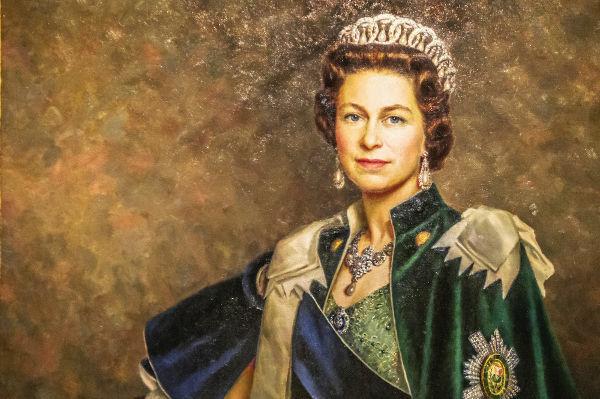Between the end of the 16th century and throughout the 17th century, the instabilities of the colonial regime installed in Brazil brought about interesting transformations. From the so-called Iberian Union, which took place between 1580 and 1640, the colonial territory came under the control of Spanish authorities and, in this same context, the Dutch entered and controlled sugar production in the region North East.
All these changes caused very peculiar situations. Among so many, we highlight the economic crisis that affected the colonizers and the population located in the southeast region. Without Dutch support, focused on the northeast region, and without Spanish help, São Paulo settlers suffered from the retraction of the sugar economy and the lack of other safer livelihood alternatives.
It was in this exact context that delegations began to form, mainly from São Paulo, which departed from the coast towards the interior of Brazil. Known as “flags”, these expeditions brought together several settlers who sought wealth that could free them from the already highlighted economic problems of those times.
Over time, this activity of the “bandeirantes”, the name given to the members of the banners, became an economic activity of great movement. Entering our lands, the pioneers sought different types of wealth that could ease the complicated struggle for survival in those times.
One of the riches sought by the flags was the so-called “drugs of the sertão”. These drugs, which have nothing to do with any type of illegal narcotic, gave names to a large number of herbs, roots, fruits and plants with medicinal and culinary properties. Seeking such products, the pioneers manufactured medicines, improved their diet and carried out the trade in such goods.
Entering the woods, the pioneers were also involved in the capture and sale of Indians as slaves. Being cheaper than imported slaves from Africa, the bandeirantes took risks and profited from this activity marked by conflict and violence. In certain situations, they were also hired to recapture black slaves who had fled the plantations or to participate in attacks against quilombos located in the interior.
In addition to these two activities, the pioneers took advantage of the forays into the forest to look for precious metals in our territory. The probability of finding silver, gold or other precious stones was also another possibility linked to Girl Scouting. However, the answer to this quest did not come until the end of the 17th century.
At that time, we have news of the first mining regions to be systematically explored throughout the 18th century. Through the action of the pioneers, large gold and diamond regions were found in Minas Gerais, Mato Grosso and Goiás. In a short time, the Portuguese Crown intervened in the control of these same regions rich in metals and precious stones.
From there, society and the colonial economy would undergo significant changes. Several cities were formed in the interior of the territory, colonial inspection intensified and the internal economy gained a greater pace. Over time, the action of the bandeirantes ended up weakening and becoming strongly associated with the development of colonial mining.
By Me. Rainer Gonçalves Sousa
Take the opportunity to check out our video lesson on the subject:

